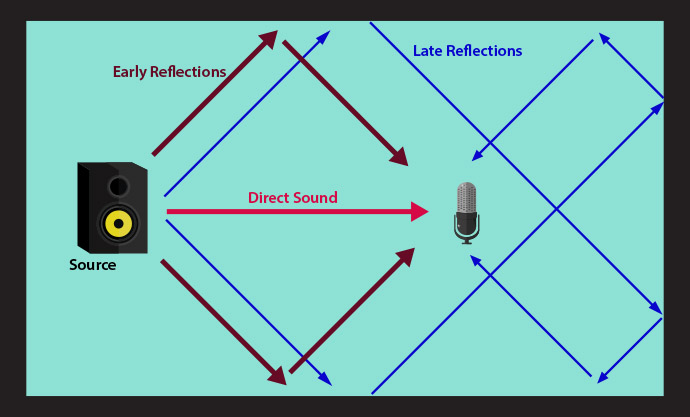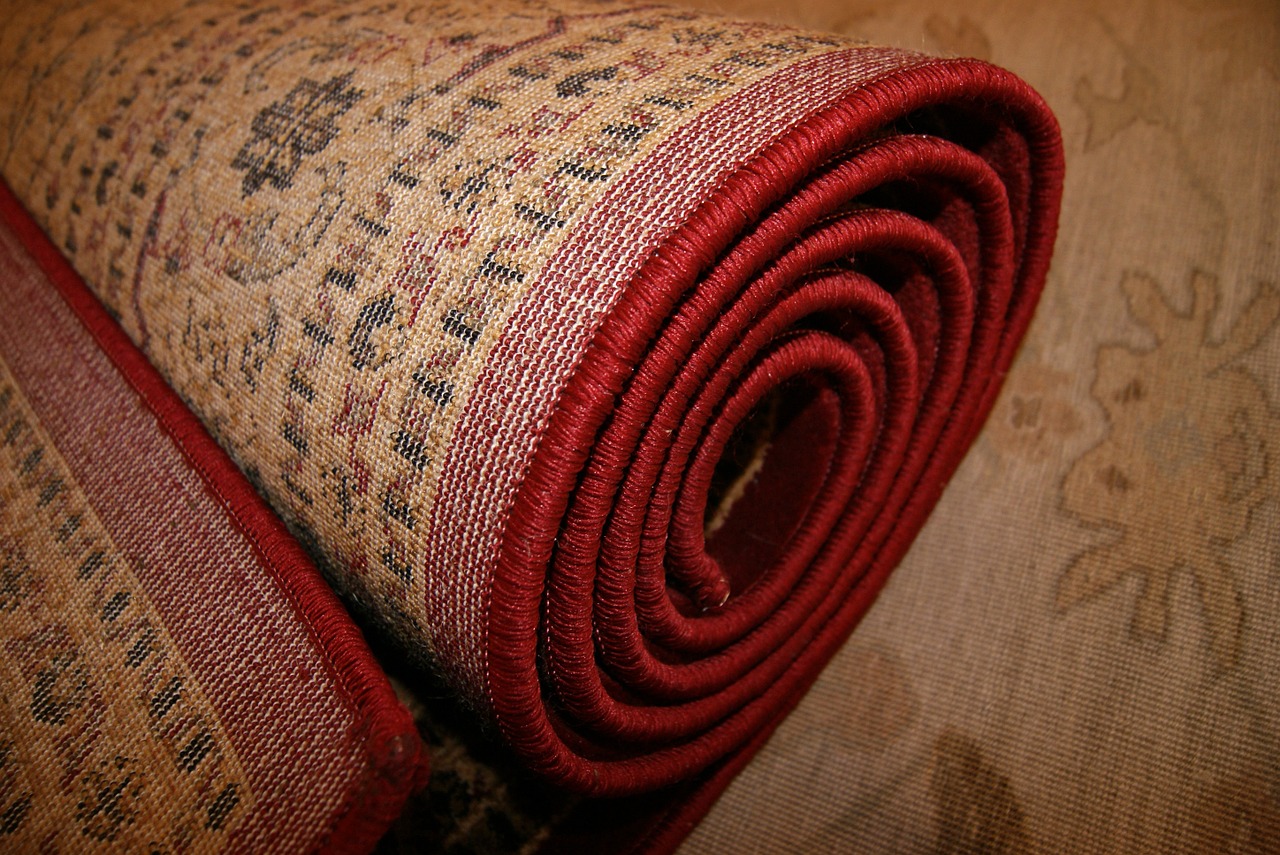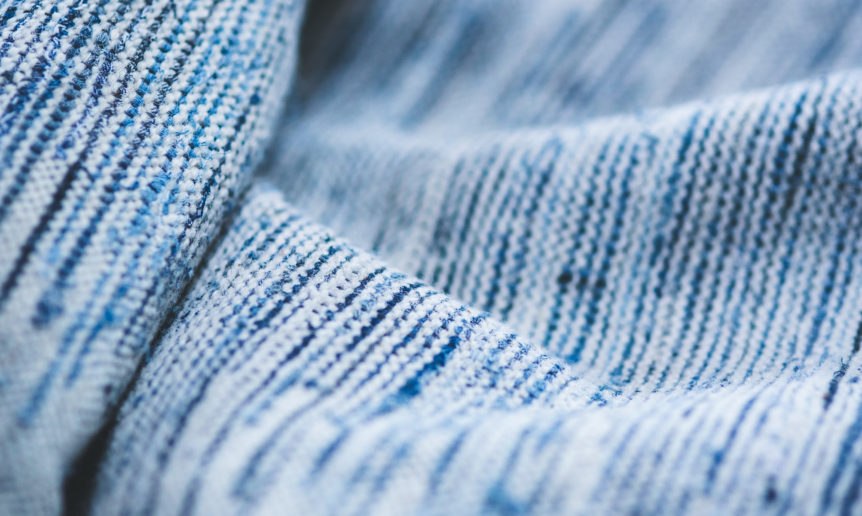 We’d all love to produce really pro sounding music. Music that could one day have millions bopping along in enjoyment… But one thing stands in the way… a tight budget. And often, Acoustic Treatment for a home music studio is no friend to a tight budget…
We’d all love to produce really pro sounding music. Music that could one day have millions bopping along in enjoyment… But one thing stands in the way… a tight budget. And often, Acoustic Treatment for a home music studio is no friend to a tight budget…
This is a common reason why we’d explore weird and wonderful ways to make things work. Acoustic foam or fiberglass panels are typically the more professional, ideal routes to take when it comes to room acoustics. It can also be on the pricey end of things…
In this particular instance, we’re looking at alternatives. We’re looking at whether carpet as acoustic treatment can really adequately replace the performance of traditional acoustic panels.
Why do I need Acoustic Treatment?
On a general level, the acoustics of a room can literally make or break the quality of your recordings. Unwanted sound reflections are a real dreaded beast in any music recording setting. And the best way to tame this beast is by treating your studio for such reflections. Absorbing sound such that it doesn’t overload microphones while recording, or taint our perception while mixing/monitoring afterward.
 Sound waves emit absolutely everywhere in a studio: from your monitors to instruments and amplifiers… whatever the source. These sound waves have that pesky habit of bouncing off any and every flat surface of a room. Tables and walls alike. Read a little more on this here.
Sound waves emit absolutely everywhere in a studio: from your monitors to instruments and amplifiers… whatever the source. These sound waves have that pesky habit of bouncing off any and every flat surface of a room. Tables and walls alike. Read a little more on this here.
Direct Sound is what remains when all those reflections and background noises have been absorbed. This is the sound you want; the kind that is purely projected from the sound source. This is typically achieved in any professional or well-crafted home studio through the use of foam or fiberglass acoustic panels.
Acoustic treatment is absolutely necessary for any studio, however all the more pivotal in more confined spaces. In all, acoustic treatment is highly important, but oh so easily overlooked by newbies.
How do Foam and Fiberglass panels work?
Before we get into how to possibly implement carpeting as an alternative, let’s observe the basics. Let’s briefly take a look at the way in which a typical acoustic treatment would work in pro setups.
As a whole, treating room acoustics is actually three-tiered. More specifically it entails:
- Diffusers – For treating randomly scattered sound aberrations like echoes
- Bass Traps – To absorb lower frequency reflections, often not captured by acoustic panels
- Acoustic Panels – For the absorption of mid to high-frequency reflections in a room.
Here, we’re specifically observing the latter-most component. Acoustic Panels and how to possibly replicate them through the use of carpets or rugs.
Acoustic panels mount directly against the walls of a studio usually. They are generally appealing from an aesthetic perspective, but with much purpose.
Foam Panels
Foam panels are generally less costly than fiberglass, however, they sufficiently do the job of absorption. They are incredibly effective at high frequencies, and mid-range frequencies only as low as 500Hz. You can apply foam panels to the walls using spray adhesives. Seeing as these would not break your bank a lot, perhaps take a look at the Auralex Acoustics D36-DST on Amazon for example.
Fiberglass Panels
Fiberglass Panels are typically a lot denser than foam, and therefore absorb sound even better. Because of this, they tend to cost more than foam panels.
The frequency absorption is much broader than foam panels. 4-inch Fiberglass panels range all the way down to a low 100Hz. This type of panel is screwed on, in order to be to be mounted to the wall. You can take a look at Fiberglass panels here on Amazon.
Can I use Carpets as an alternative Acoustic Treatment?

Can a Carpet do the Trick?
Now, on to the key reason we are here, right?
Carpeting can be used as a mild acoustic treatment for your room. However, it is just that… mild. Realistically speaking, carpets generally do not have the level of density needed to sufficiently absorb sound. Especially the loud sounds emitted by studio monitors.
However, with this understanding in mind, here is how we could make carpets or rugs work if the budget is really tight:
1. Use the thickest possible carpet you can find
…For obvious reasons. Carpets are porous (unless rubber-backed) and do not have the same density as proper acoustic panels.
2. Avoid placing the carpet directly against the studio walls.
Carpets and rugs are much thinner than their foam and fiberglass counterparts. Because of this, a carpet treatment would only work at really high frequencies and not so well at mid to lower frequencies. Placing a carpet directly against the wall means that mid to lower-range frequencies can still bounce off the wall surface. This would still emit reflections at these frequencies.
In order to try resolving this issue, try placing the carpet at a slight distance from the wall, at least 150mm. You can best achieve this by finding a way to suspend the carpet from the ceiling. Alternatively, you could get even more DIY with is. You can build a wooden frame on which the carpet can be mounted. The thickness of your frame should allow enough distance between the wall and carpet.
3. Create make-shift Bass Traps
Again, this situation is not ideal. But you can use this trick to try and lessen the impact of not being able to absorb lower/bass frequencies. In addition to suspended wall carpets, have some industrial rubber-back carpet on hand. You can roll these up and have them placed in all corners of the room to perform the function bass traps.
Final thoughts. Should I do it?
Honestly speaking, it is beyond worth it to rather save some money aside to invest in a better acoustic treatment. Using the carpet method would perhaps only be suitable temporarily. Perhaps while you’re only experimentally recording and working on building a good studio.
Don’t take the thought of good Acoustic Treatment in a home studio lightly. If you’re really serious about getting a professional industry worthy sound, a little cash has to go into it.
The fact of the matter is, carpets would not be able to drown out reflections in the same way panels can.
To conclude, I would highly recommend Acoustic Panels, be it foam or (even better) fiberglass. This is a long-term investment, only serving to give a better musical output in the end. I highly suggest you take a look at these acoustic panels for your consideration on Amazon:
- The RDE Fiberglass Sound Absorbing Foam Panel
- The Auralex Designer Treatment Foam
- The Auralex Acoustics SonaFlat Absorption
- For an adhesive check out the Auralex FoamTak here on Amazon
